PANGAMIC ACID
- CAS NO.:11006-56-7
- Empirical Formula: C14H27NO8
- Molecular Weight: 337.37
- MDL number: MFCD00046521
- SAFETY DATA SHEET (SDS)
- Update Date: 2024-05-06 14:33:24

What is PANGAMIC ACID?
Description
Pangamic acid, also called pangamate, is the name given to the chemical compound described as d-glucono dimethyl amino acetic acid, initially promoted by Ernst T. Krebs, Sr. and his son Ernst T. Krebs, Jr. as a medicinal compound for use in treatment of a wide range of diseases. They also termed this chemical "Vitamin B15", though it is not a true vitamin, has no nutritional value, has no known use in the treatment of any disease and has been called a "quack remedy." Although a number of compounds labelled "pangamic acid" have been studied or sold, no chemical compound, including those claimed by the Krebses to be pangamic acid, has been scientifically verified to have the characteristics that defined the original description of the compound.
Chemical properties
Pangamic acid is the name given to the chemical compound with the empirical formula C10H19O8N and a molecular weight of 281 which appeared to be an ester derived from d-gluconic acid and dimethylglycine. In 1943, the Krebses applied for a patent for a process for extracting this chemical compound which they reported had been previously isolated from apricot seeds, and received the patent in 1949. A 1951 paper by the Krebses reported the first isolation of this compound using this patented process, but did not include enough information to confirm that this compound was actually isolated. In 1955, the Krebses received a patent for another synthesizing process for "N-substituted glycine esters of gluconic acid," but the patent contained no supporting data to confirm the process was able to synthesize compounds described by the patent, including pangamic acid.
Subsequent attempts at synthesizing this ester by other researchers found Krebs' purported methods of producing pangamic acid were not reproducible, and research into pangamic acid have focused on compounds of various chemical compositions. A review noted that of all the chemicals described in research about pangamic acid, "[n]ot a single product labeled "pangamate" or "B15" has been established in a scientifically verifiable manner to conform to the empiric formula" described by the Krebses. Analysis of a sample of a compound called "pangamic acid" which was provided by a co-worker of the Krebses in the 1950s showed only lactose upon further evaluation by nuclear magnetic resonance spectroscopy. Thus, "pangamic acid" is more a label used to describe one of any number of chemical compounds rather than a particular substance.
Chemical compounds sold as "pangamic acid" for medicinal purposes have also had various chemical compositions, and suppliers of "pangamic acid" have regularly changed the chemical composition of the compounds sold under this label. .
Safety
Positive results from mutagenicity analysis via the Ames test of compounds commonly found in preparations labelled "pangamic acid" including diisopropylamine dichloroacetate, diisopropylamine, dichloroacetate, as well as dimethylglycine mixed with sodium nitrite suggests there may be concern for the development of cancer with the use of these substances.
Clinical claims and research
The Krebses' original patent claimed pangamic acid could be used for detoxification as well as treatment of asthma, skin conditions, joint pain, and nerve pain, with none of these claims supported by evidence in the patent application. Early promotion for pangamic acid included use by race horses as well as humans. Although given the name "Vitamin B15" by the Krebses, there is no evidence that it meets the definition of a vitamin as there is no evidence it is a nutrient needed by the body.
Much of the clinical research on pangamic acid took place in the former Soviet Union, though that research often did not describe which of the many compounds called "pangamic acid" was used in the study. This research was also of limited quality due to being overwhelmingly anecdotal in nature ( as opposed to controlled experimentation ) and ignoring short and long term safety in human use.
Although more recent claims include treatment of a wide variety of conditions including cancer, heart disease, schizophrenia as well as providing improvement in oxygen utilization, there is no significant evidence for any of these claims or that it is safe for human use. One review noted that it meets "the criteria that define a quack remedy.".
Safety information for PANGAMIC ACID
New Products
(S)-3-Aminobutanenitrile hydrochloride 4-Methylphenylacetic acid N-Boc-D-alaninol N-BOC-D/L-ALANINOL Tert-butyl bis(2-chloroethyl)carbamate 3-Morpholino-1-(4-nitrophenyl)-5,6-dihydropyridin- 2(1H)-one Furan-2,5-Dicarboxylic Acid Tropic acid 1-Bromo-3,5-Di-Tert-Butylbenzene S-2-CHLORO PROPIONIC ACID ETHYL ISOCYANOACETATE 2-Bromo-1,3-Bis(Dimethylamino)Trimethinium Hexafluorophosphate 4-IODO BENZOIC ACID 3-NITRO-2-METHYL ANILINE 1-(2,4-DICHLOROPHENYL) ETHANAMINE (2-Hydroxyphenyl)acetonitrile 4-Bromopyrazole 2-(Cyanocyclohexyl)acetic acid 4-methoxy-3,5-dinitropyridine 1-(4-(aminomethyl)benzyl)urea hydrochloride 2-aminopropyl benzoate hydrochloride diethyl 2-(2-((tertbutoxycarbonyl)amino) ethyl)malonate tert-butyl 4- (ureidomethyl)benzylcarbamate Ethyl-2-chloro((4-methoxyphenyl)hydrazono)acetateRelated products of tetrahydrofuran
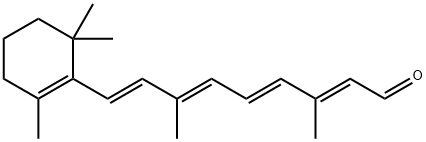

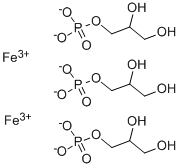
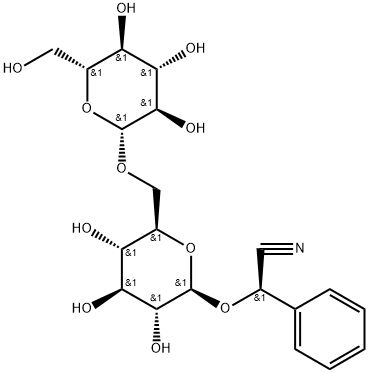
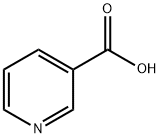


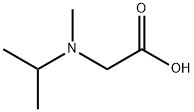
You may like
-
 2033-24-1 98%View Details
2033-24-1 98%View Details
2033-24-1 -
 42831-50-5 5-METHYLISOXAZOLE-4-CARBOXYLIC ACID 98%View Details
42831-50-5 5-METHYLISOXAZOLE-4-CARBOXYLIC ACID 98%View Details
42831-50-5 -
 1975-50-4 98%View Details
1975-50-4 98%View Details
1975-50-4 -
 2-HYDROXY BENZYL ALCOHOL 98%View Details
2-HYDROXY BENZYL ALCOHOL 98%View Details
90-01-7 -
 2-Chloro-1,3-Bis(Dimethylamino)Trimethinium Hexafluorophosphate 221615-75-4 98%View Details
2-Chloro-1,3-Bis(Dimethylamino)Trimethinium Hexafluorophosphate 221615-75-4 98%View Details
221615-75-4 -
 61397-56-6 CIS BROMO BENZOATE 98%View Details
61397-56-6 CIS BROMO BENZOATE 98%View Details
61397-56-6 -
 14714-50-2 (2-Hydroxyphenyl)acetonitrile 98+View Details
14714-50-2 (2-Hydroxyphenyl)acetonitrile 98+View Details
14714-50-2 -
 118753-70-1 98+View Details
118753-70-1 98+View Details
118753-70-1